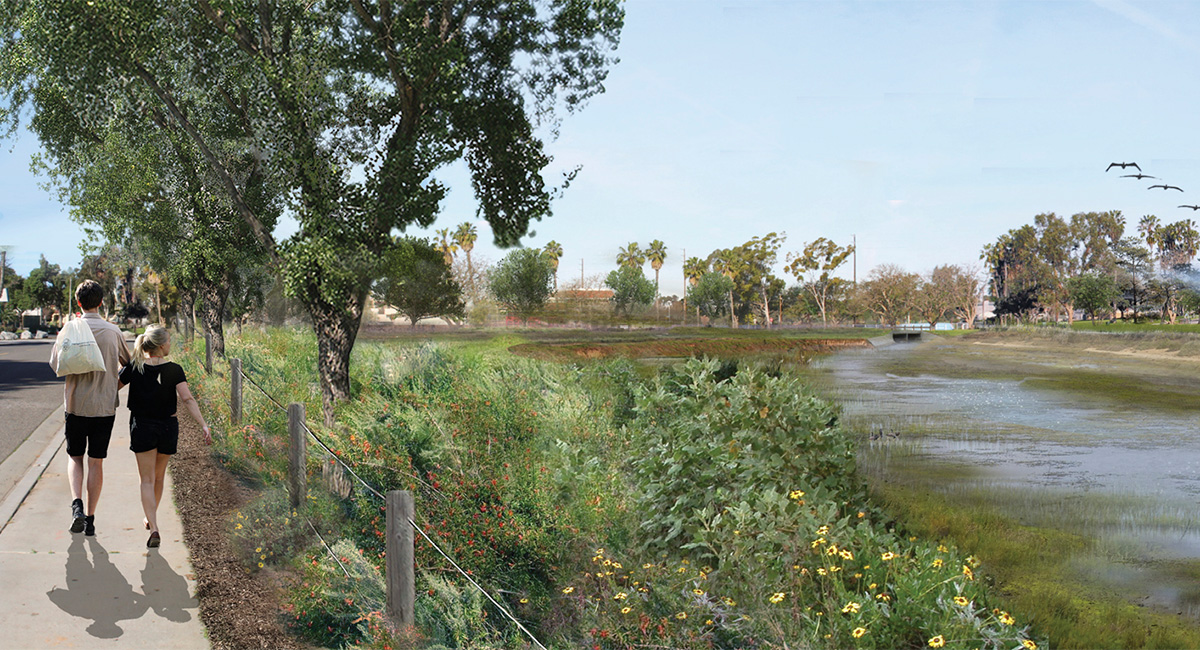

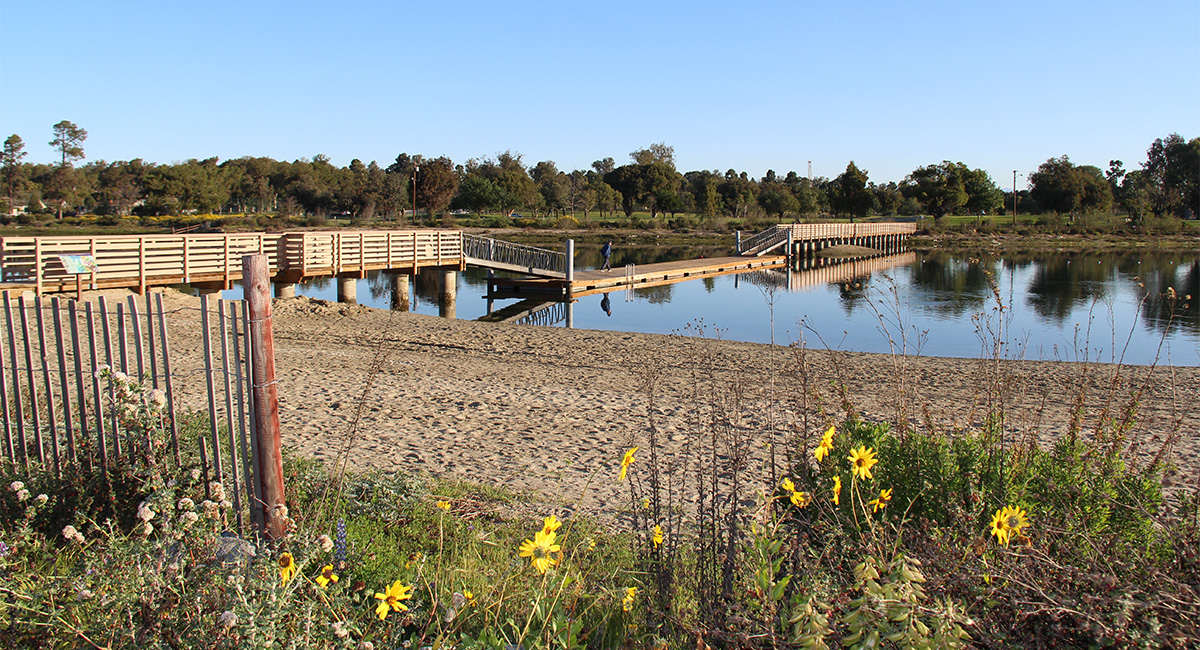
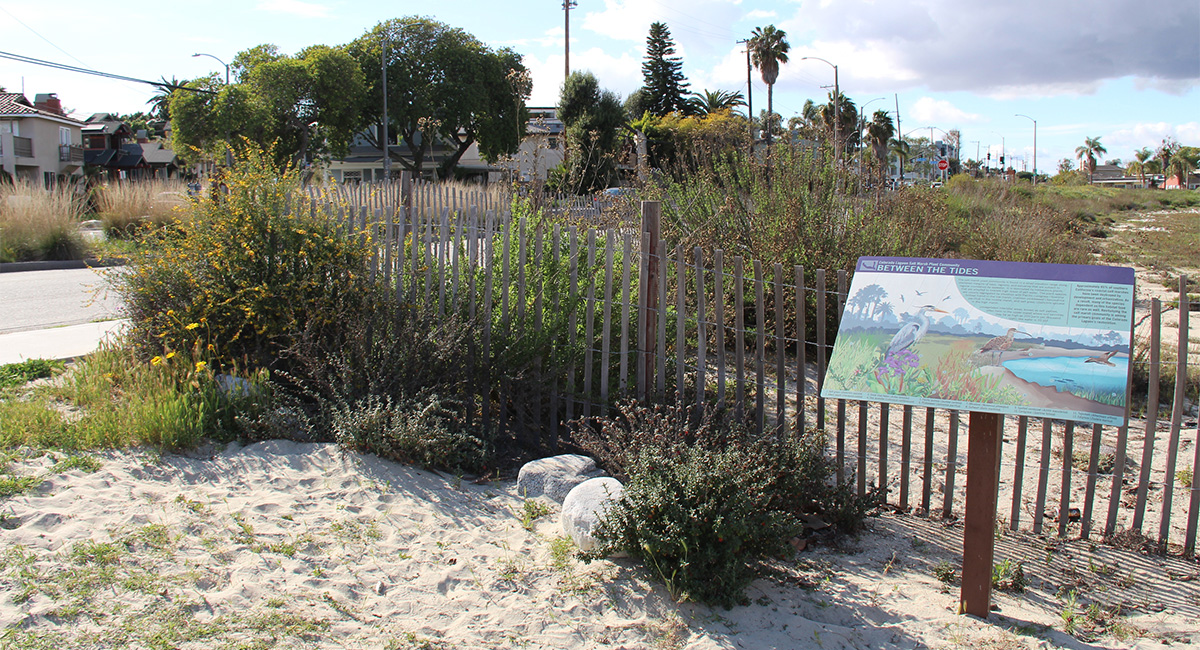
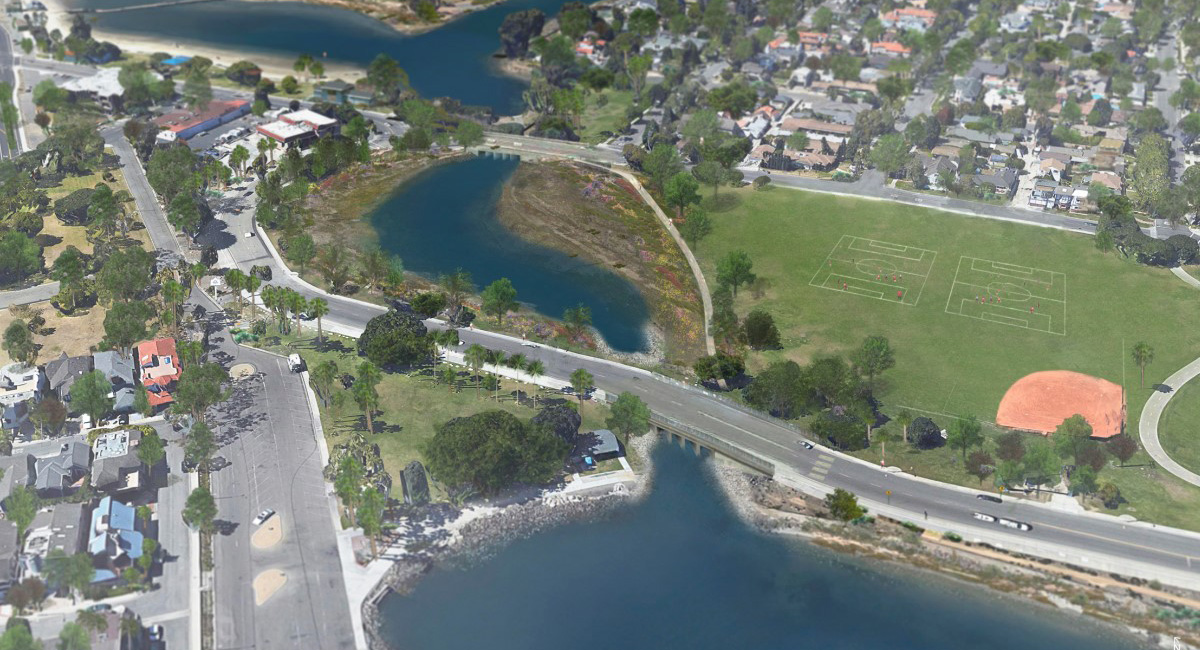
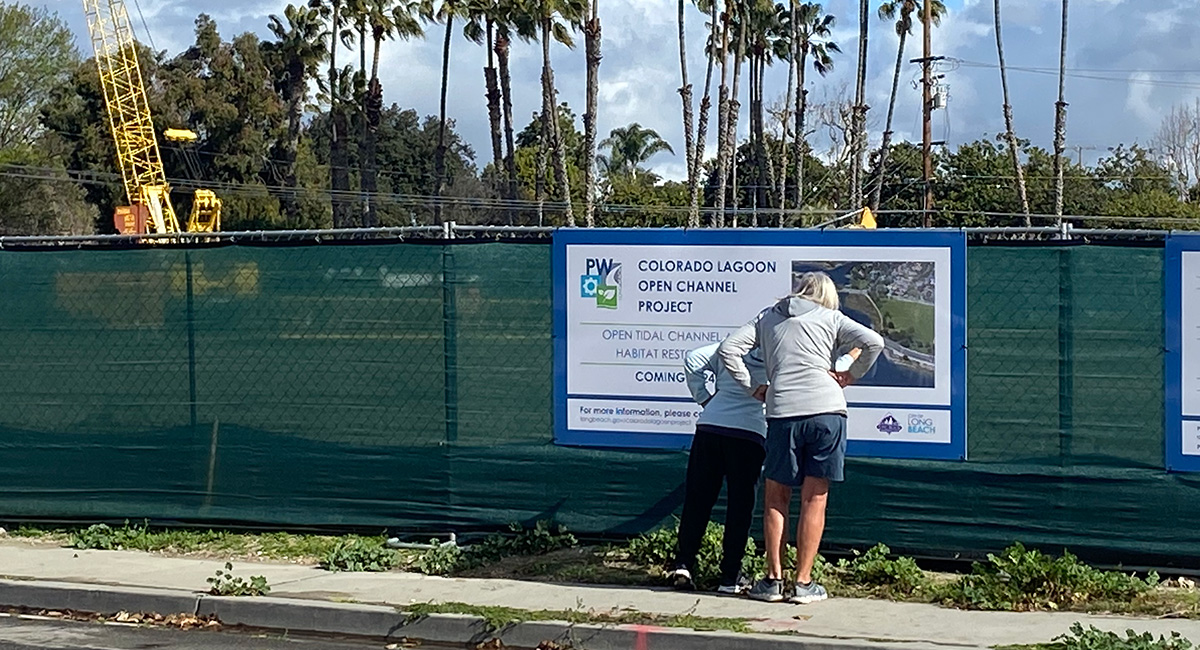
Colorado Lagoon Open Channel Restoration
In its natural state, Long Beach’s Colorado Lagoon was connected to Alamitos Bay and the Pacific Ocean. But in 1932 the lagoon was cut-off from this connection by a tide gate to maintain water depth for Olympic diving events that were held in the lagoon. In the late 1960s, an extensive underground box culvert was installed and the channel was filled. As a result, tidal flow to the lagoon was significantly reduced.
With many stormdrains dumping into a lagoon without full tidal drainage, pollution built up. By the late 1990s, the once-flourishing recreation area and wildlife habitat was continually making lists of the state’s most polluted water bodies.
To change this trajectory of decline to one of increasing and flourishing life, dredging was required to remove heavy metals and other contaminants, and stormwater has been diverted from entering the lagoon. The final step is removing the existing culvert and land cover, and recreating an open channel connection. Water quality will improve, restoring natural process and lost habitat. About 3 acres of new coastal habitat is being restored, including intertidal habitats, subtidal habitats, upland habitat and eelgrass beds, with passive recreational trails, new sports fields and other park improvements.
This project, and ongoing efforts to restore one of Southern California’s last remaining coastal lagoons, will give the community a healthier and cherished natural resource for generations to come—and vital food, nesting and foraging space for many species. It removes human-made barriers to natural cycles of life and strips away the layers that have built up and are embedded in cities to reanimate self-renewing functional processes.
Construction is scheduled to be completed in 2024.
